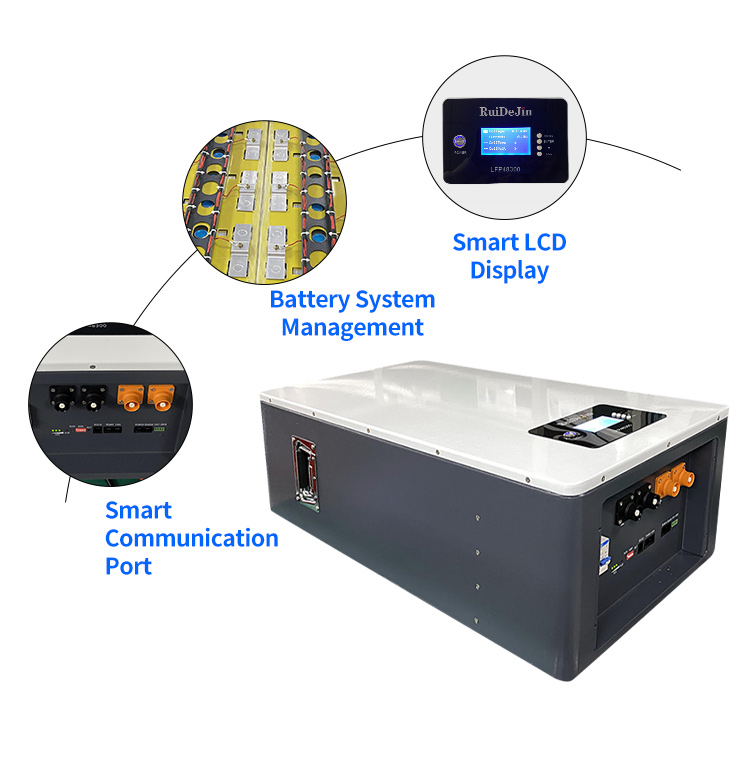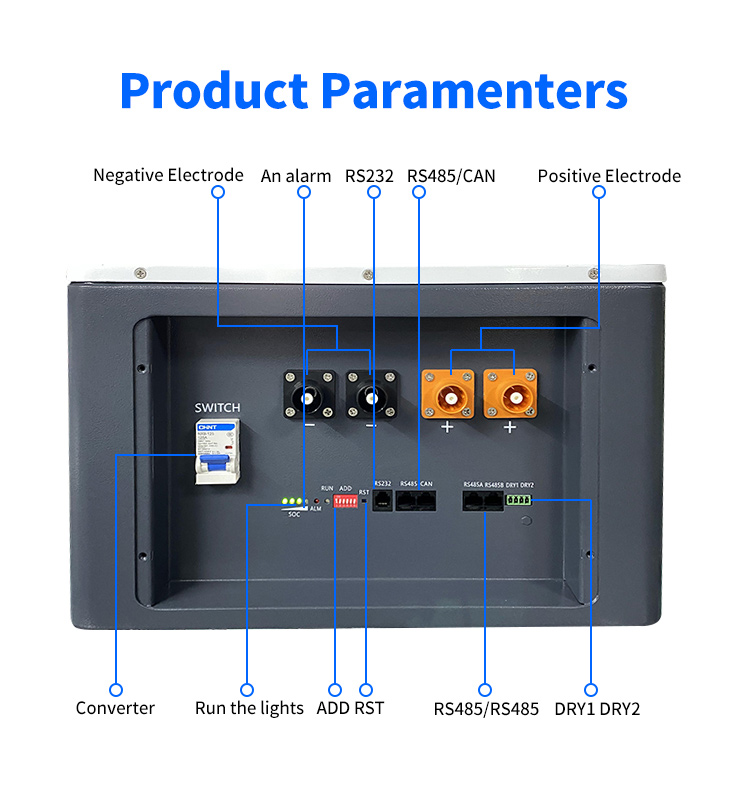Recently, South Korean market research firm SNE Research released a report predicting that Chinese sodium ion batteries will be officially put into mass production in 2025, mainly used in the fields of two wheeled vehicles, small electric vehicles, and energy storage. It is expected that by 2035, the price of sodium ion batteries will be 11% to 24% lower than that of lithium iron phosphate batteries, and the market size will reach $14.2 billion per year.
SNE report data
It is reported that sodium ion batteries are mainly made from sodium as raw material, characterized by low energy density, high electrochemical stability, and good low-temperature resistance. Based on the above characteristics, the industry generally believes that sodium batteries are expected to occupy a place in the fields of new energy passenger vehicles, energy storage, and low-speed two wheeled vehicles in the future, and cooperate with lithium batteries to continue serving the new energy industry.
Resuming the Jianghu and Continuously Breaking Through
When it comes to sodium ion batteries, most people’s understanding of them is the next generation of new battery technologies that can effectively supplement lithium batteries. However, looking back, the emergence of both is almost simultaneous.
In 1976, Michael Stanley Whittingham, the father of lithium batteries, discovered that titanium disulfide (TiS2) could embed and remove lithium ions (Li+), and made Li/TiS2 batteries. The reversible mechanism of sodium ions (Na+) in TiS2 was also discovered.
In 1980, French scientist Professor Armand proposed the concept of “Rocking Chair Battery”. Lithium ions are like a rocking chair, with the two ends of the rocking chair serving as the poles of the battery, and lithium ions move back and forth between the two ends of the rocking chair. The principle of sodium ion batteries is the same as that of lithium-ion batteries, also known as rocking chair batteries.
Although discovered almost simultaneously, under the trend of commercialization, the destinies of the two have shown completely different directions. Lithium ion batteries have taken the lead in solving the problem of negative electrode materials through graphite, gradually becoming the “king of batteries”. However, sodium ion batteries that have been unable to find suitable negative electrode materials have gradually withdrawn from the public’s view.
In 2021, Chinese battery company CATL announced the research and production of a new generation of sodium ion batteries, sparking another wave of research and development in the production of sodium ion batteries. Subsequently, in 2022, the price of lithium carbonate, a key raw material for lithium-ion batteries, skyrocketed to 600000 yuan per ton, bringing a resurgence to the highly cost-effective sodium ion battery.
In 2023, China’s sodium ion battery industry will experience rapid development. From the incomplete statistics of projects on Battery Network, it can be seen that in 2023, sodium battery projects such as Lake Sodium Energy Sodium Ion Battery and System Project, Zhongna Energy Guangde Xunna Sodium Ion Battery Manufacturing Base Project, Dongchi New Energy Annual Production 20GWh New Sodium Ion Battery Project, and Qingna New Energy 10GWh Sodium Ion Battery Project will start construction in large quantities, with investment amounts mostly in the billions/tens of billions. Sodium batteries have gradually become another major investment route in the battery industry.
From the perspective of sodium battery production projects in 2023, there are still many pilot lines and testing projects. As more and more sodium battery projects are gradually built and implemented, the application of sodium battery products will also accelerate. Although there are still some bottlenecks in the comprehensive performance of sodium batteries that need to be overcome, enterprises in the lithium battery industry chain, including new startups, have already laid out in this track. In the future, sodium batteries will also empower the new energy industry together with lithium batteries.
In addition, investment and financing in the field of sodium batteries are also heating up. According to incomplete statistics from Battery Network, as of December 31, 2023, 25 companies in the sodium battery industry chain have conducted 82 rounds of financing.
It is worth noting that as we enter 2023, lithium prices are once again experiencing a roller coaster decline, and whether the future development space of sodium power will be compressed has once again become a new concern in the industry. Duofuduo previously stated in response to investor questions, “Even if the price of lithium carbonate drops to 100000 yuan/ton, sodium electricity will still be competitive.”.
During a recent exchange with Battery Network, Li Xin, Chairman of Huzhou Guosheng New Energy Technology Co., Ltd., also analyzed that as domestic battery material enterprises enter the mass production stage in 2024, the decrease in material production costs will further lower the prices of positive electrode materials, negative electrode materials, and electrolytes for sodium batteries. Coupled with the gradual maturity of sodium battery production technology, the price advantage of sodium batteries compared to lithium batteries in production costs will become apparent. When the production capacity of sodium batteries reaches the gigawatt level, their BOM costs will be reduced to within 0.35 yuan/Wh.
SNE pointed out that China has started launching two wheeled and electric vehicles using sodium ion batteries. Yadi, a leading Chinese electric motorcycle company, and Huayu Energy have established a new company that will launch the “Extreme Sodium S9″ electric motorcycle model by the end of 2023; In January 2024, Chinese electric vehicle brand Jianghuai Automobile began selling Huaxianzi electric vehicles using Zhongke Haina 32140 cylindrical sodium ion batteries. SNE predicts that by 2035, the annual production capacity of sodium ion batteries planned by Chinese enterprises is expected to reach 464GWh.
Dynamically accelerating landing
Battery Network has noticed that as we enter 2024, the dynamics of China’s sodium ion battery industry are still being intensively released:
On January 2nd, Kaborn signed equity investment agreements with investors such as Qingdao Mingheda Graphite New Materials Co., Ltd. and Huzhou Niuyouguo Investment Partnership (Limited Partnership), successfully obtaining a strategic investment of 37.6 million yuan. This financing will help the company accelerate the mass production of 10000 tons of sodium negative electrode materials.
On the morning of January 4th, the BYD (Xuzhou) sodium ion battery project started construction with a total investment of 10 billion yuan. The project mainly produces sodium ion battery cells and related supporting products such as PACK, with a planned annual production capacity of 30GWh.
On January 12th, Tongxing Environmental Protection announced that the company’s participation in the establishment of a joint venture has recently completed the relevant industrial and commercial registration procedures and obtained a business license. The joint venture company mainly carries out technological development, industrial landing, and commercial promotion of positive electrode materials for sodium ion batteries. In addition, the transformation and application of key materials for sodium ion batteries such as negative electrodes and electrolytes will be timely researched and developed according to the company’s development needs.
On January 15th, Qingna Technology signed a strategic cooperation agreement with Lima Group. Lima Group will purchase sodium ion batteries produced by Qingna Technology for the production of its complete vehicles such as two wheelers and three wheelers, with an annual target purchase volume of 0.5GWh. It is worth mentioning that by the end of 2023, Qingna Technology had just received an order for 5000 sets of sodium ion battery packs from the Forklift Division of Jinpeng Group. Qingna Technology stated that the company currently has over 24 GWh of strategic cooperation agreements in hand.
On January 22nd, it was reported that Nako Energy and Pangu New Energy recently signed a strategic cooperation agreement. The two sides will rely on their respective advantages, market-oriented, to carry out in-depth strategic cooperation in the development and industrialization of sodium ion batteries and key materials, and provide clear target guidance for a supply and sales plan of no less than 3000 tons in the next three years.
On January 24th, Zhongxin Fluorine Materials released a private placement plan, proposing to raise no more than 636 million yuan for three major projects and to supplement working capital. Among them, the Zhongxin Gaobao New Electrolyte Material Construction Project plans to enrich the subsidiary Gaobao Technology product line, optimize product structure, and add projects with an annual production of 6000 tons of sodium fluoride and 10000 tons of sodium hexafluorophosphate.
On January 24th, Luyuan Energy Materials, a wholly-owned subsidiary of Kaiyuan Education, a listed vocational education company, signed a cooperation agreement with the People’s Government of Huimin County, Binzhou City, Shandong Province for the construction of a gw level large-scale energy storage project and sodium ion battery cells. Mutual benefit cooperation between both parties in the construction of sodium ion battery cell projects within the jurisdiction of Huimin County; A large-scale energy storage power station project with a scale of 1GW/2GWh.
On January 28th, the first large-scale, high-energy density nano solid sodium ion battery pilot product of Nikolai Technology Industry Research Institute in Tongnan High tech Zone, Chongqing was launched. This battery is based on high-performance positive and negative electrode materials independently developed by Nikolai Technology Industry Research Institute, combined with advanced technologies such as nano modification of negative electrode surface, low-temperature electrolyte formula, and in-situ solidification of electrolyte. The energy density of the battery reaches 160-180Wh/kg, which is equivalent to lithium iron phosphate batteries.
At the signing ceremony and press conference held on the afternoon of January 28th, Nikolai Technology Industry Research Institute signed project cooperation agreements with Gaole New Energy Technology (Zhejiang) Co., Ltd. and Yanshan University to jointly carry out the research and development of nano solid sodium ion batteries and promote the transformation of scientific and technological achievements.
On the afternoon of January 28th, Huzhou Super Sodium New Energy Technology Co., Ltd. signed a contract with Mianzhu, Sichuan for the industrialization project of key materials for large-scale energy storage sodium ion batteries. The total investment of the project is 3 billion yuan, and a production base for 80000 ton sodium ion battery cathode materials will be built in Mianzhu.
Post time: Mar-25-2024


